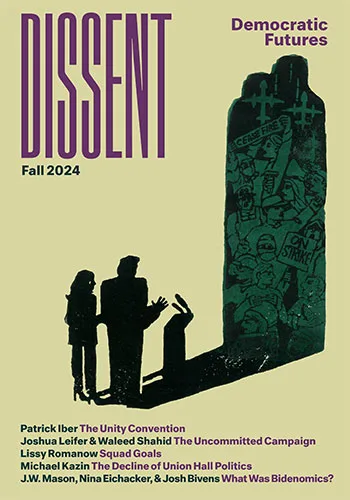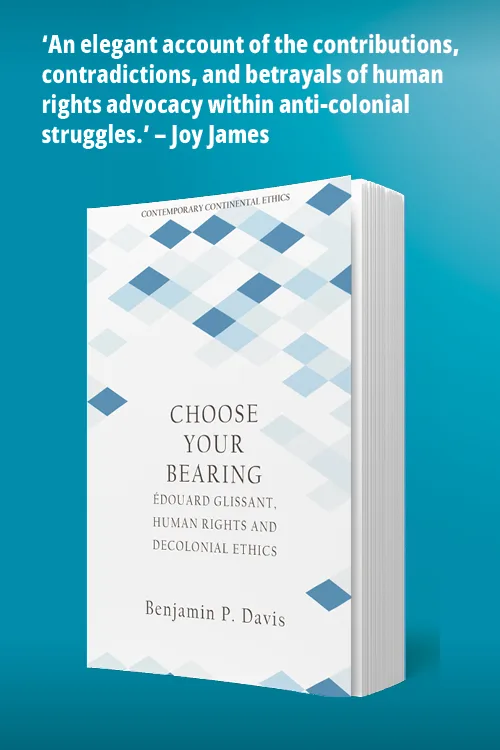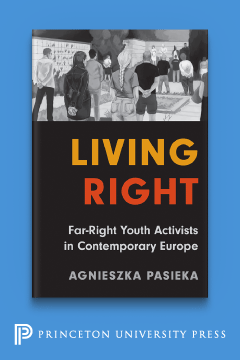Life, Liberty and a Little Bit of Cash
Life, Liberty and a Little Bit of Cash
Three years ago, Jay Hammond figured his time was nearly up. At least he’d led a full life: Marine Corps fighter pilot in the Second World War; bush pilot in Alaska; master hunter and fisher with the U.S. Fish and Wildlife Service; and more than two decades of political service, culminating as the governor of Alaska. Shortly after retiring from office, he dreamed that he’d be granted twenty more years of life at his beloved Lake Clark homestead, to do penance for whatever “sins of omission or commission” he may have inflicted. When those twenty years expired in 2002, Hammond waited stoically for the end.
But his premonition proved false. Hammond may be slowing down, but he’s not stopping yet. Just last year, after crashing a meeting of the Conference of Alaskans, the octogenarian flew to Washington, D.C., for the third annual gathering of the U.S. Basic Income Guarantee (USBIG) Network. Hammond, far from barging in uninvited, was its keynote speaker.
A basic income—sometimes called a guaranteed annual income—is money paid by the government to its citizens. Ideally, this income comes without conditions (such as work, age, or family status), is given in equal amounts to poor and rich alike, and is sufficient to provide for basic necessities. Unlike in some pre-1989 “communist” states, a basic income is provided in addition to any income a person earns from other sources. Basic income combines the income security of socialism with capitalism’s incentives.
Hammond came to the USBIG conference to talk about the Alaska Permanent Fund—the world’s only basic income—which he wrestled into existence in 1976. The idea first came to him back when he was a Republican representative for the fishing village of Bristol Bay. He noticed a lot of wealth flowing out of the village—in the form of salmon—while the local people remained poor. His idea to collect a 3 percent tax on all fish caught by nonresidents wasn’t unique, but what he proposed to do with the revenue was: redistribute it equally to each resident of the village. Ten years later, Hammond was governor and had the chance to test his ideas at the state level.
Whereas fish had been the source of wealth for Bristol Bay, oil was the cash cow for Alaska. Hammond wanted to return a portion of the state’s massive oil royalties directly to its citizens. A referendum, a constitutional amendment, and several years of political wrangling later, he had his wish. The Alaska Permanent Fund invests at least a quarter of the state’s mineral revenues annually. Depending on the success of those investments, a dividend is paid to each Alaskan—one citizen, one share. The dividend peaked recently at nearly $2,000—that’s $8,000 extra a year in the pockets of a family of four. Thanks in part to these payouts, Alaska has the smallest gap between the rich and poor in the United States. (Although everyone gets a dividend, the rich lose more of it to ...
Subscribe now to read the full article
Online OnlyFor just $19.95 a year, get access to new issues and decades' worth of archives on our site.
|
Print + OnlineFor $35 a year, get new issues delivered to your door and access to our full online archives.
|





